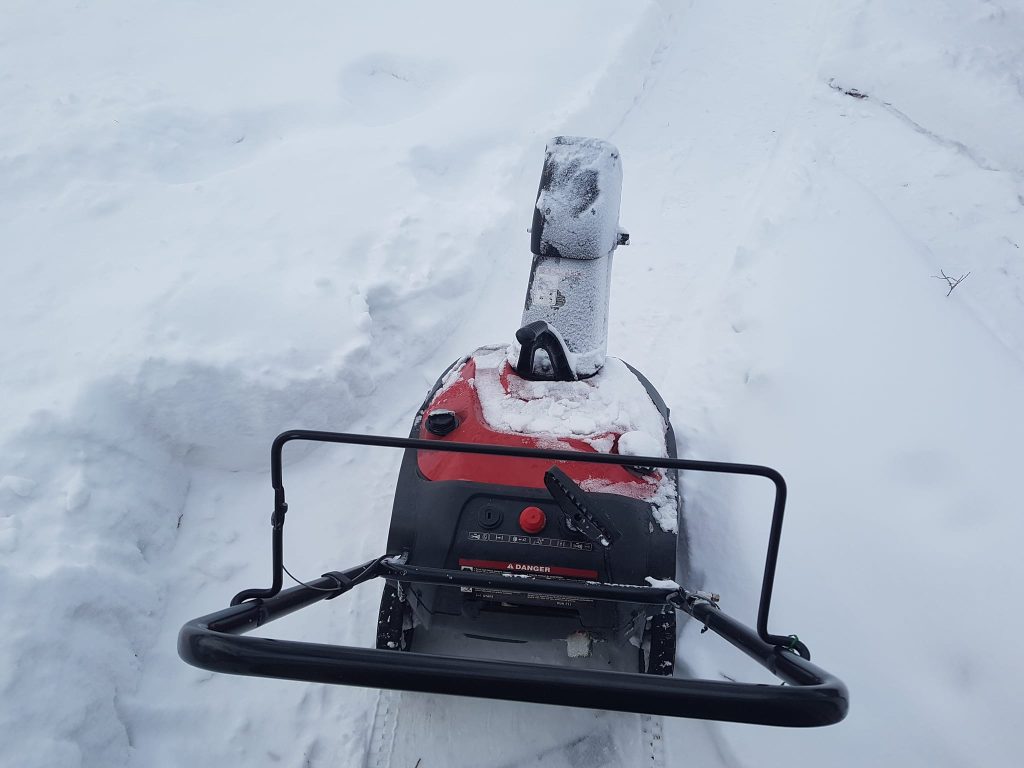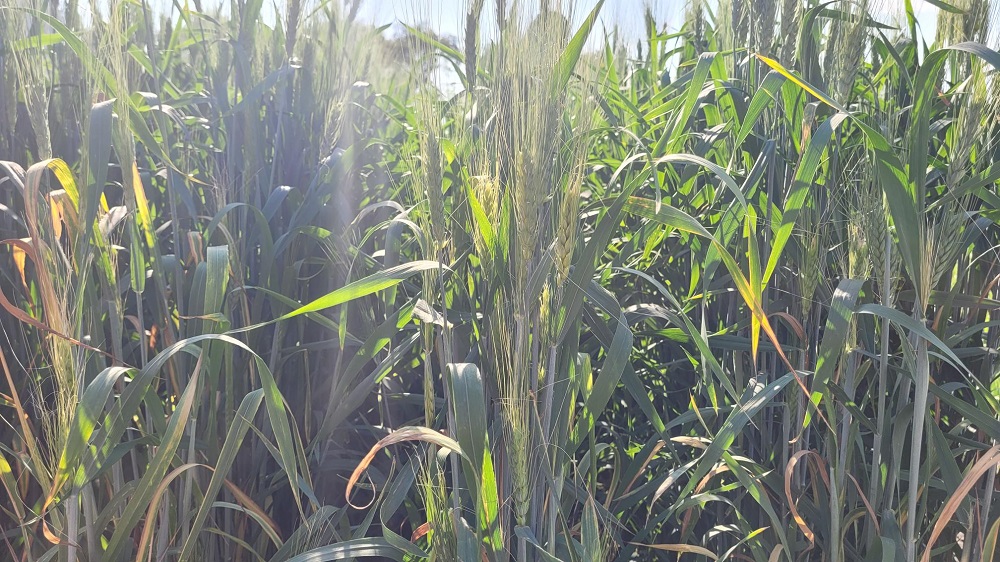What a fabulous winter we had in 2023/24 thanks to the weather phenomenon known as El Nino. This year was the first year I (and many others) experienced a Christmas with not even a speck of snow in sight which was the strangest thing ever. It certainly didn’t feel Christmassy despite the turkey dinner and Christmas tree. As much as I like snow, I have to admit it was nice not having to shovel my driveway every day like previous winters. What will the winter of 2024/25 look like? Possibly not as nice thanks to La Nina moving in.
Scientists say El Nino’s time is just about done and soon we will be dealing with La Nina, which usually means our winter won’t be as a mild. According to The Weather Network, La Nina is a large scale weather pattern that brings cooler than normal water surface temperatures to the Pacific Ocean. This means Western Canada generally gets colder, active winter weather while Atlantic Canada enjoys a much more mild winter.
The transition between El Nino and La Nina is expected to occur sometime this year with scientists estimating late summer or early fall. Obviously it’s too early for scientists and weather experts to predict what kind of winter we will get, but there is speculation we can expect colder than normal temps with more snow than we had in 2023/24.
It sounds disappointing after the winter we just had, but it’s important to remember that more snow means more precipitation for areas of Alberta and Saskatchewan that desperately need moisture. La Nina may also bring more precipitation to areas affected by wildfires, which caused widespread devastation and enormous costs in Canada. Wild fire forecasts for 2024 are not favourable for those who live near wooded areas, which means if El Nino will bring more rain, it will be welcome news for residents and our farmers.









